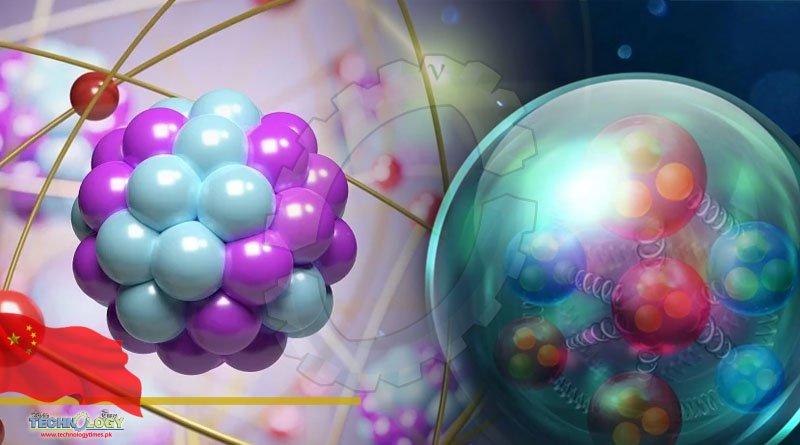For the first time in the world, a dense, Ultracold Gas Of Triple Atomic Molecules was created by a group of Chinese scientist, making an experimental milestone.

A group of Chinese scientists created, for the first time in the world, a dense, Ultracold Gas Of Triple Atomic Molecules making an experimental milestone that offers multiple research opportunities for quantum chemistry, Chinese news agency, reported.
According to Xinhua, the study published on Friday in the journal Science reported the creation of an ultracold gas from a mixture of ground-state sodium-potassium molecules and potassium atoms.
Chemistry is a process that can be defined, in essence, by quantum mechanics, but the very quantum effects are technically hard to observe since the temperature is relatively high in chemical reactions.
Therefore, scientists have been trying to slow down and cool down those particles to see clearly the rules behind our universe at a micro-level.
After the successful creation of ultracold two-atomic molecular gases, the next experimental challenge is to prepare and control ultracold gases of triple-atomic molecules with more degrees of freedom, according to the researchers.
The researchers from the University of Science and Technology of China led by Pan Jianwei managed to create the ultra-cold gas, which is extremely close to absolute zero.
The results see future applications in quantum information processing and quantum precision measurement, according to the researchers.
Ultracold gases are ensembles of atoms held at a temperature near absolute zero. Such systems enable the creation of exotic phenomena such as Bose–Einstein condensation. Ultracold gases are also useful simulating condensed-matter systems because their tunability opens the door to effects that are otherwise difficult to observe.
The goal of the experiment is to bring polyatomic molecules into the ultracold regime using direct laser cooling. The use of laser radiation to control and cool external and internal degrees of freedom has revolutionized atomic, molecular, and optical physics.
The powerful techniques of laser cooling and trapping using light scattering forces for atoms led to breakthroughs in both fundamental and applied sciences, including detailed studies of degenerate quantum gases and many-body physics, creation of novel frequency standards, and precision measurements of fundamental constants. Polyatomic molecules are more difficult to manipulate than atoms and diatomic molecules because they possess additional rotational and vibrational degrees of freedom.
Originally published at Gulf News
